A well-designed supermarket interior is crucial in determining its quality. It not only provides a comfortable environment but also enhances customers' shopping experience, creating more opportunities for product sales.
Right now, I want to share the key aspects of supermarket lighting design. If you're considering opening a supermarket, it's worth learning about it
Types of Lighting Design
In supermarket lighting design, it is typically divided into three aspects: general lighting, accent lighting, and decorative lighting, each serving different purposes
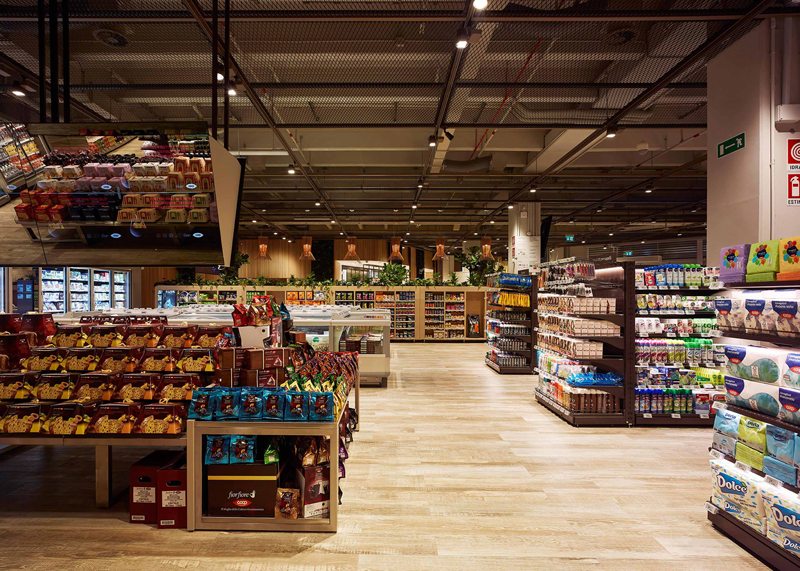
Basic lighting : the guarantee of the basic brightness in supermarkets, comes from ceiling-mounted fluorescent lights, pendant lights or recessed lights
Key lighting : also known as product lighting, can effectively highlight the quality of a specific item and enhance its attractiveness.
Decorative lighting : used to adorn a specific area and create a pleasing visual image. Common examples include neon lights, arc lamps, and flickering lights
The Requirements for Lighting Design
Supermarket lighting design is not about being brighter, but rather about matching different design requirements for different areas, sales environments, and products. How should we specifically approach this?
1.The lights in regular hallways, passages, and storage areas should be around 200 lux
2.In general, the brightness of the display area in supermarkets is 500 lux
3.Supermarket shelves, advertising product areas, and display windows should have a brightness of 2000 lux. For key products, it is preferable to have localized lighting that is three times brighter than the general illumination
4.During the day, the storefronts facing the street should have a higher brightness level. It is recommended to set it at around 5000 lux
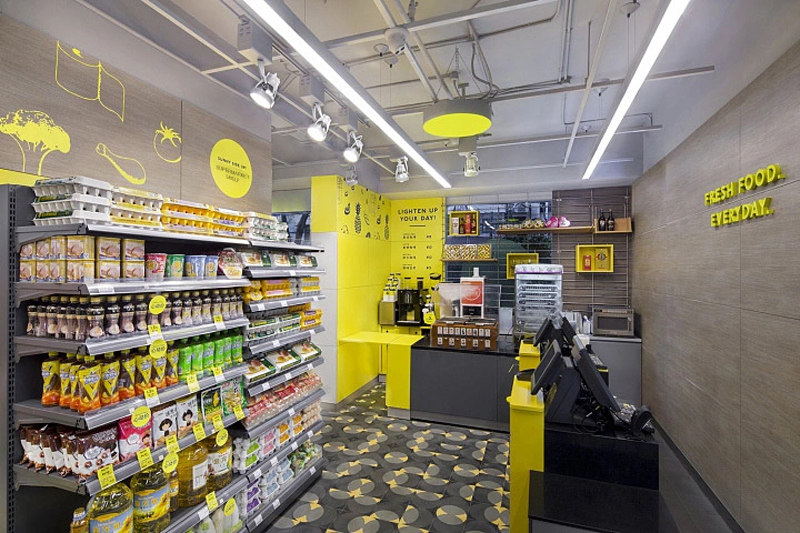
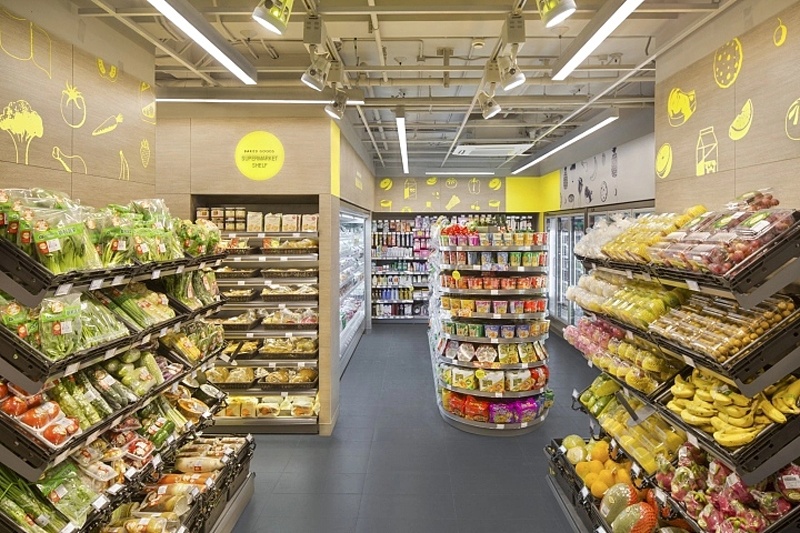
Considerations for Lighting Design
If there are mistakes in the lighting design, it will greatly undermine the internal image of the supermarket. Therefore, in order to create a more comfortable shopping atmosphere and enhance the display effect of products, I would like to remind everyone not to overlook these three important points:
Pay attention to the angle at which the light source is shining
The position of the light source can affect the atmosphere of product display. For example, lighting from directly above can create a mysterious atmosphere, while lighting from an angle above presents a natural feel. Lighting from behind can highlight the contours of the product. Therefore, when arranging lighting, different illumination methods should be considered based on the desired atmosphere
Pay attention to the use of light and color
The lighting colors vary, presenting different display effects. When designing the lighting, it is important to pay attention to the combination of light and color. For example, green lights can be used in the vegetable area to appear fresher; red lights can be chosen meat section to look more vibrant; warm yellow lights can be used in the bread area to enhance appetite
Pay attention to the damage caused by lighting on the merchandise
Although lighting can enhance the shopping atmosphere, it can also cause damage to goods due to its inherent heat. Therefore, it is necessary to maintain a certain distance between the lights and the products, with a minimum of 30cm for high-intensity spotlights. Additionally, regular inspections of the products should be conducted. Any faded or damaged packaging should be promptly cleaned up
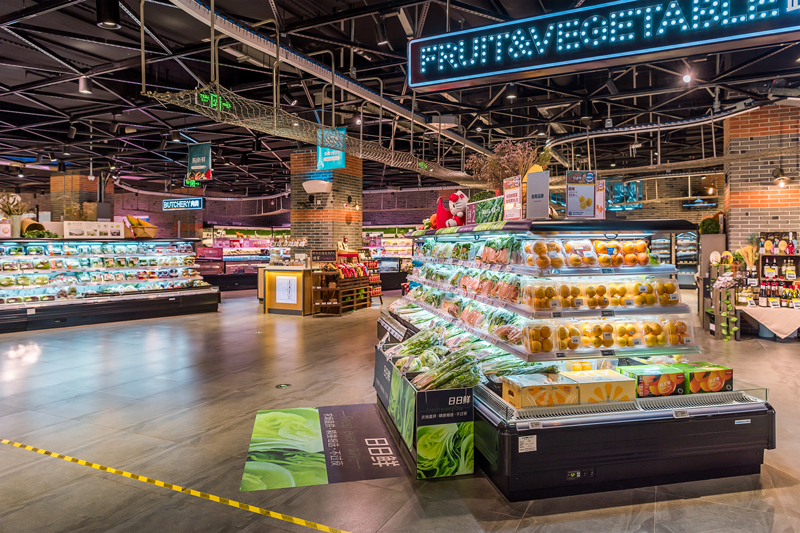
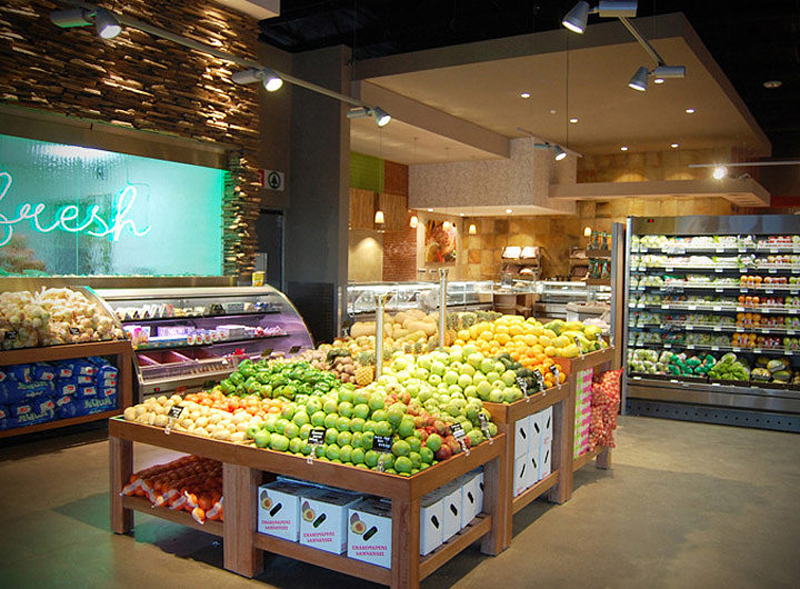
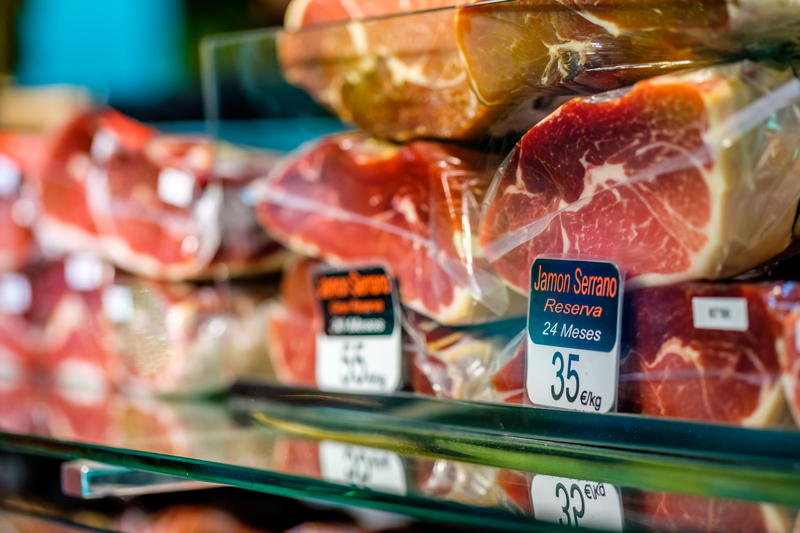
The role of supermarket lighting is not only limited to illumination, but also serves as a powerful tool to enhance the display effect of supermarket shelves and increase product sales. When carrying out interior decoration in supermarkets, it is essential to pay attention to this aspect

Has this article been helpful to you?If you still have any doubts,Feel free to contact us at any time
Post time: Oct-21-2023


